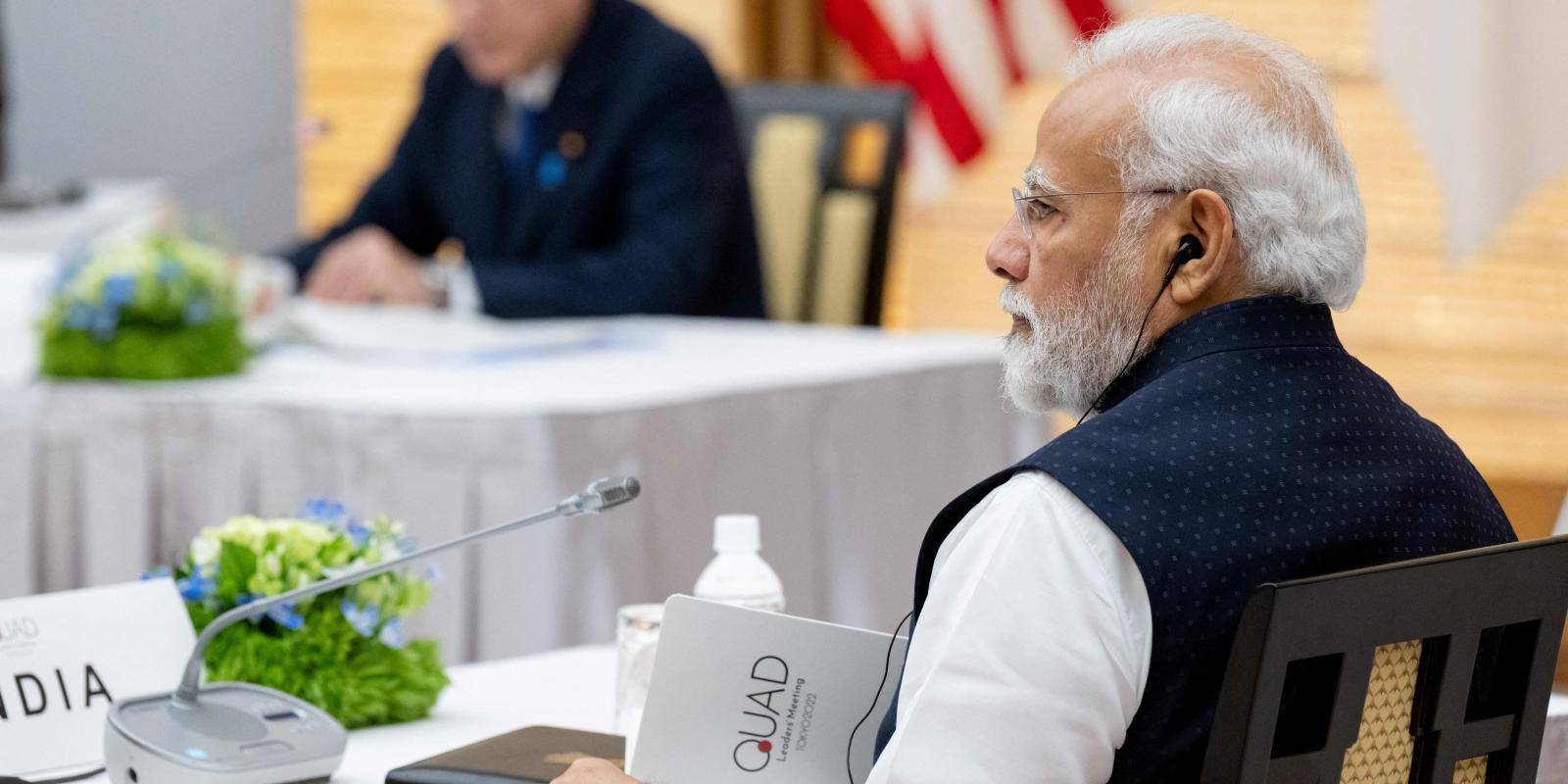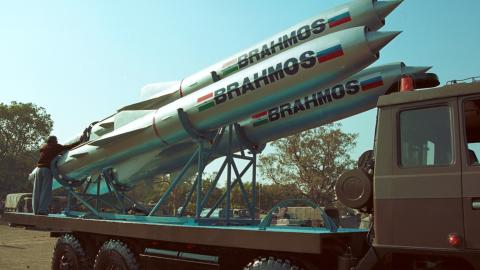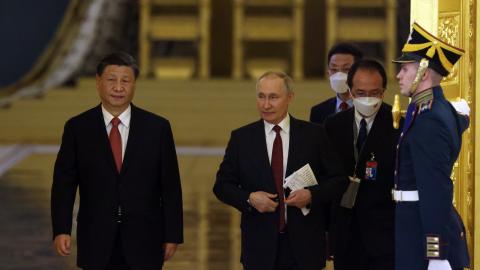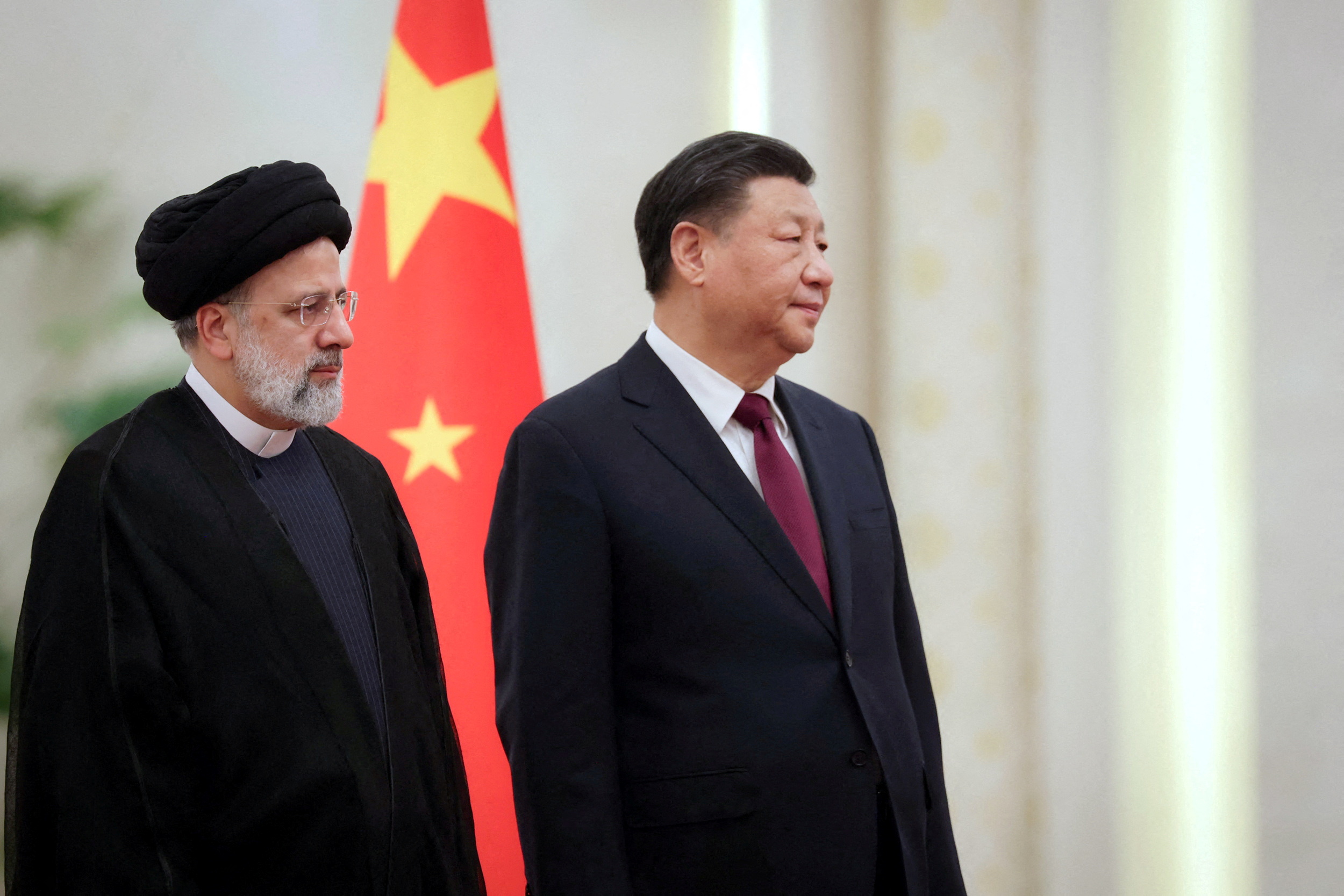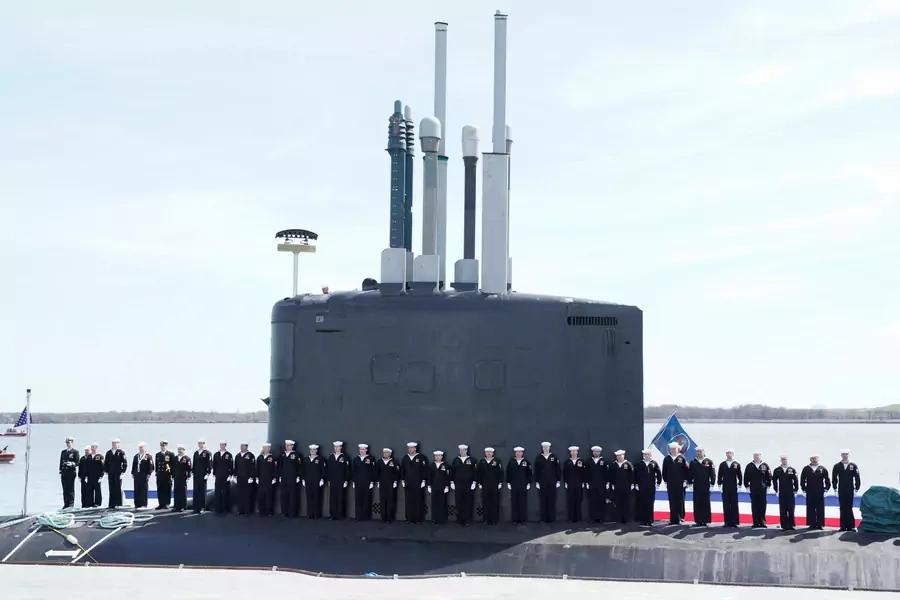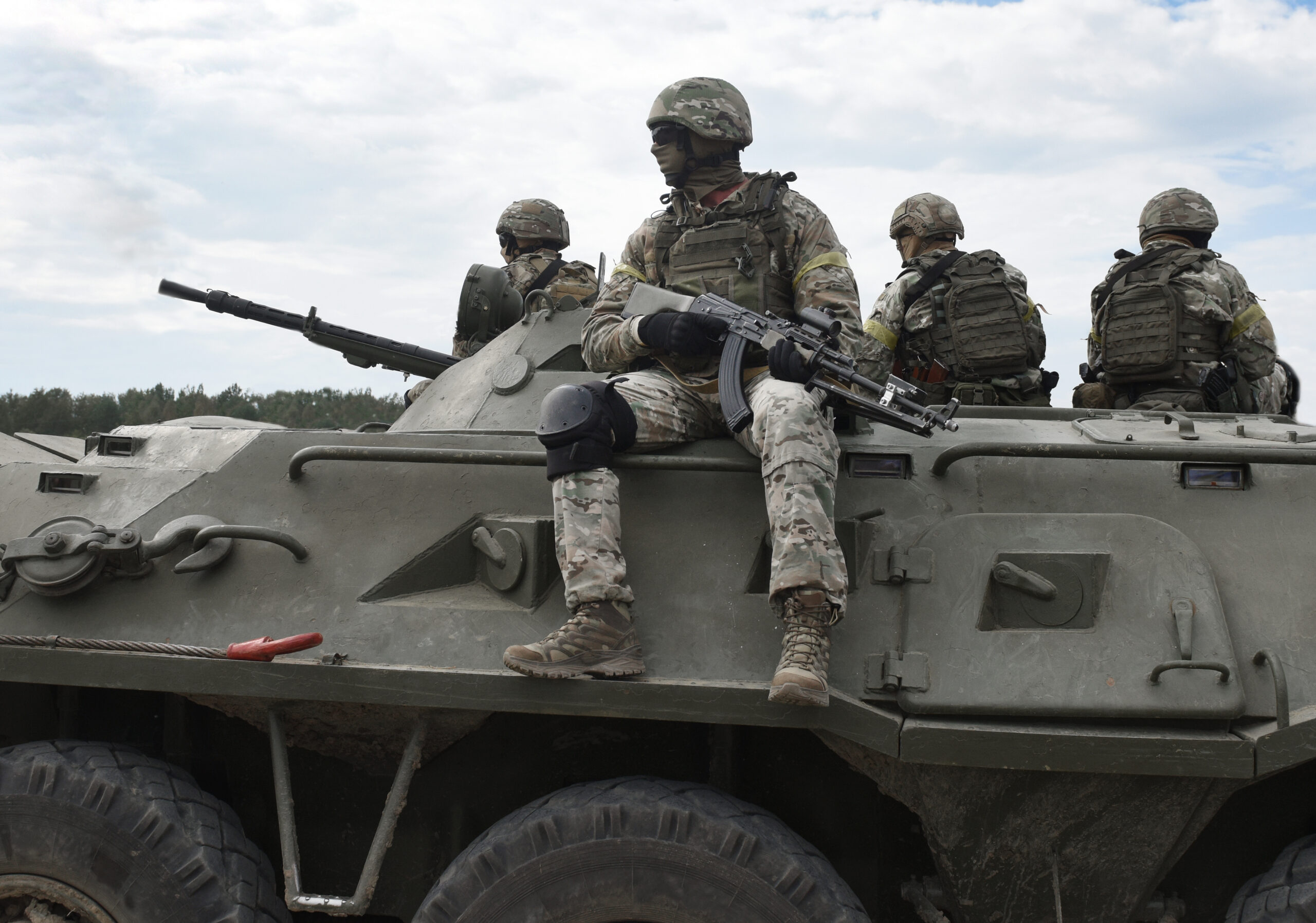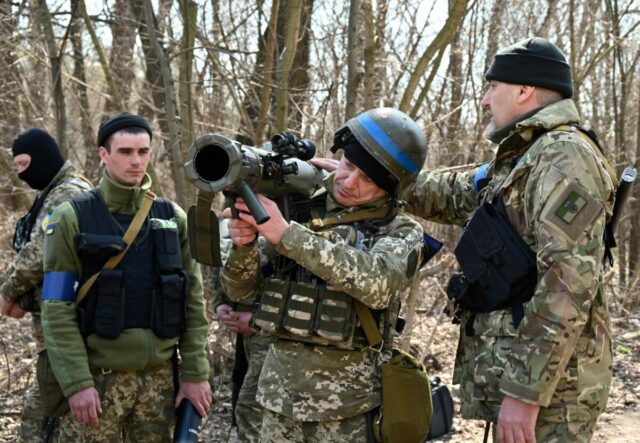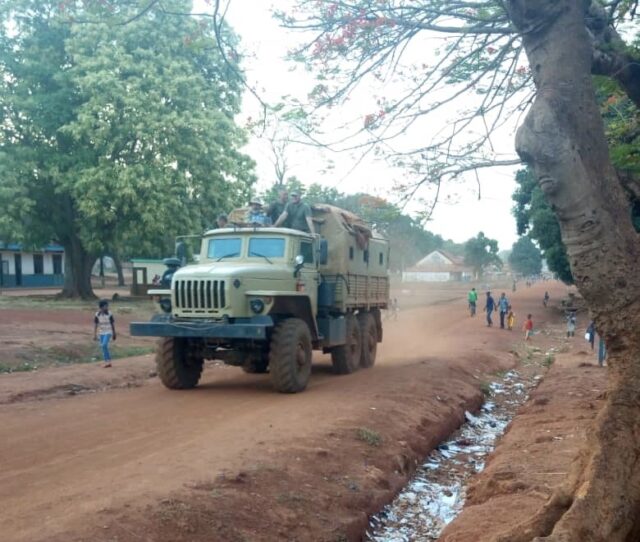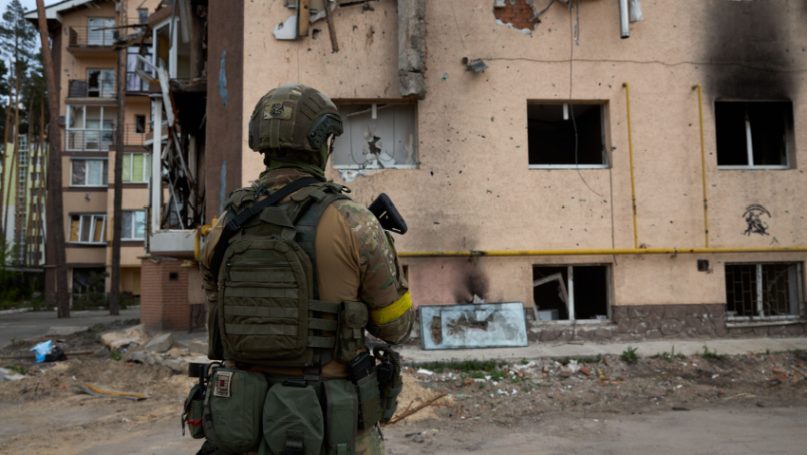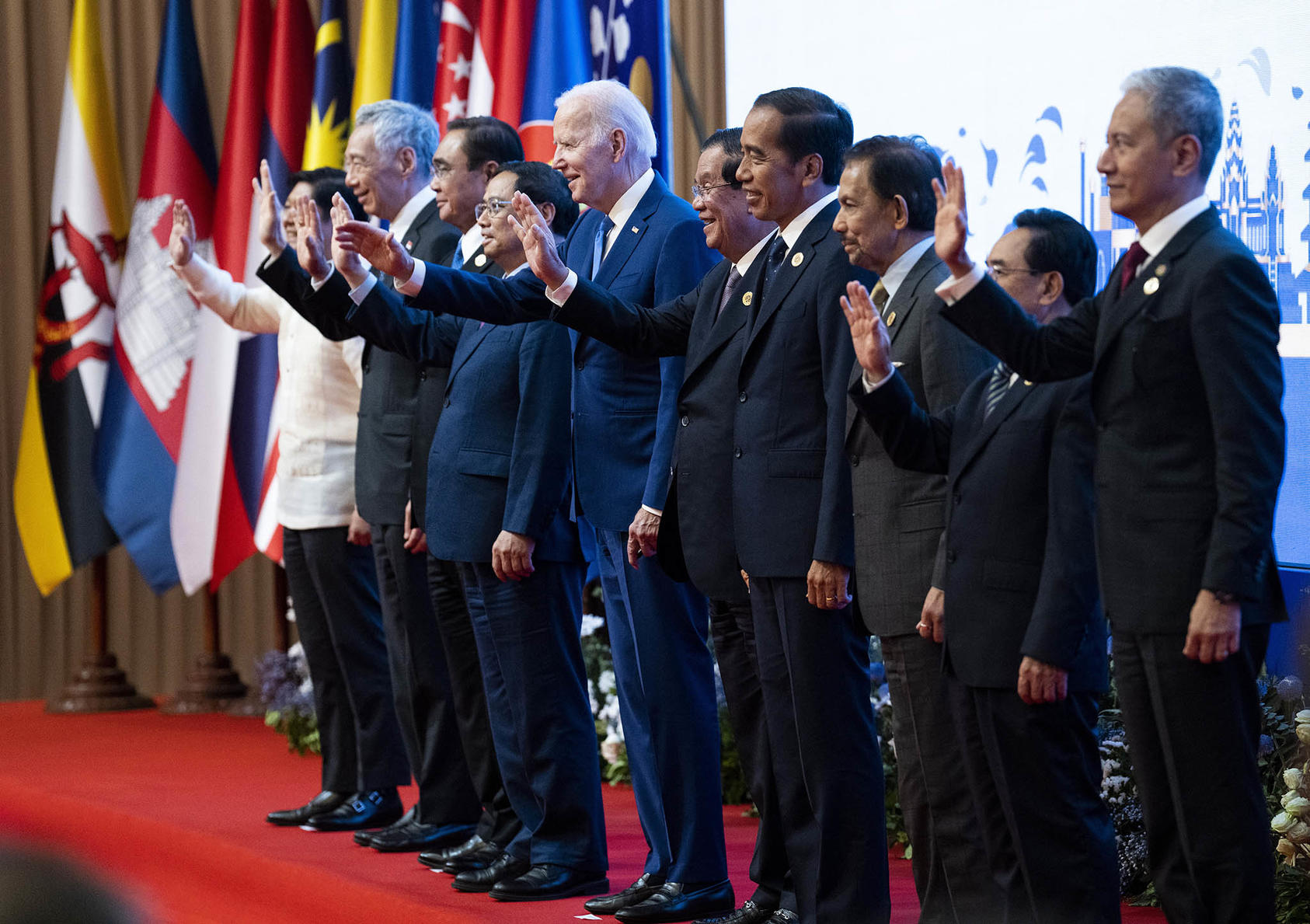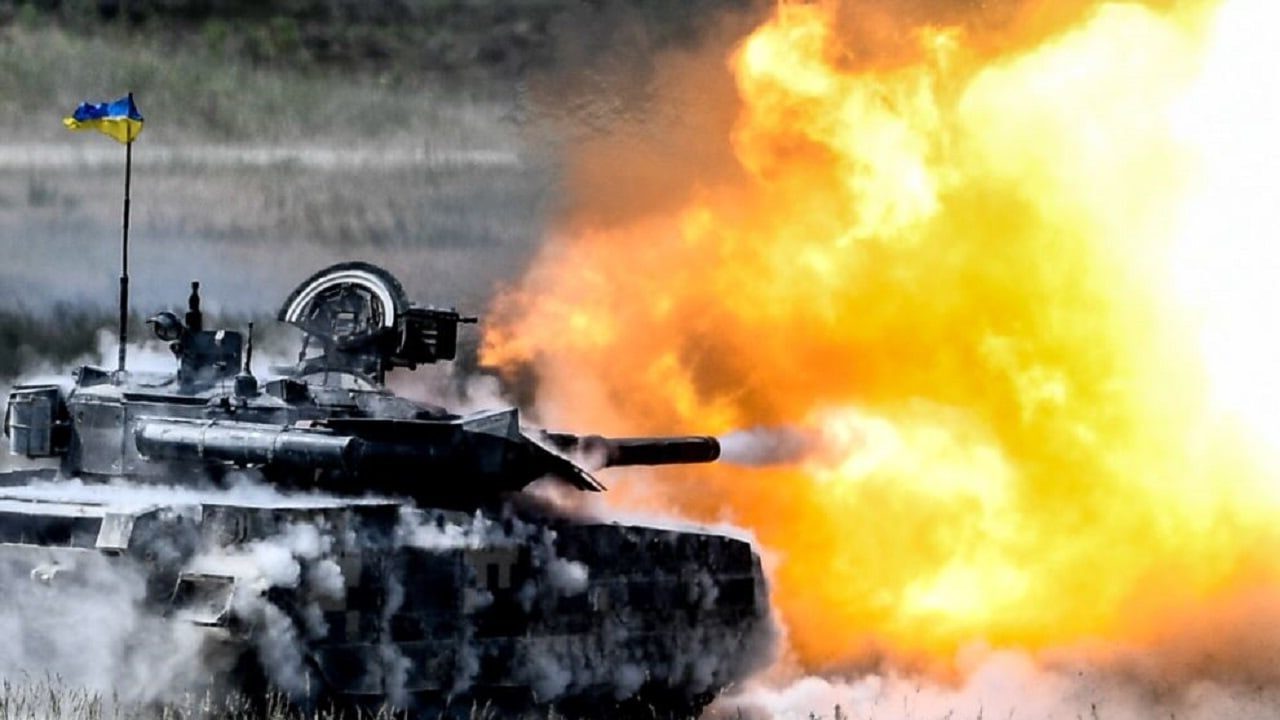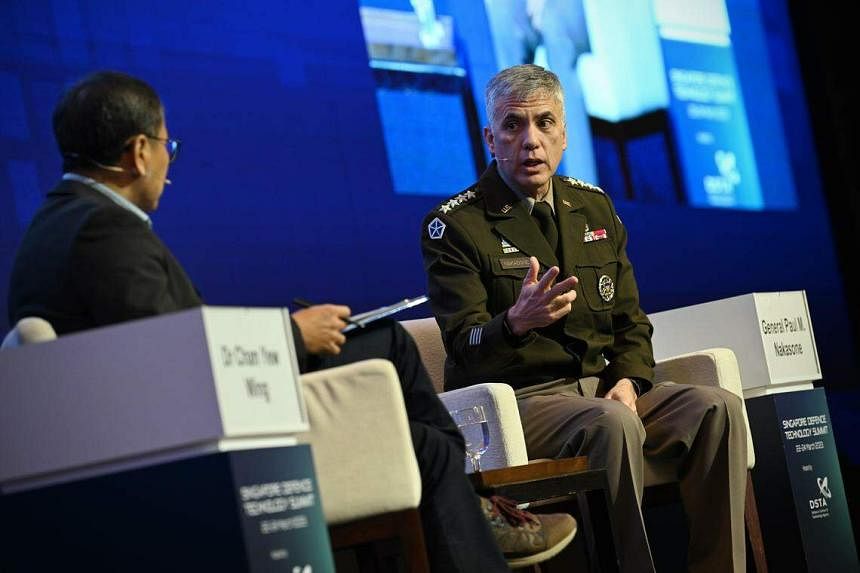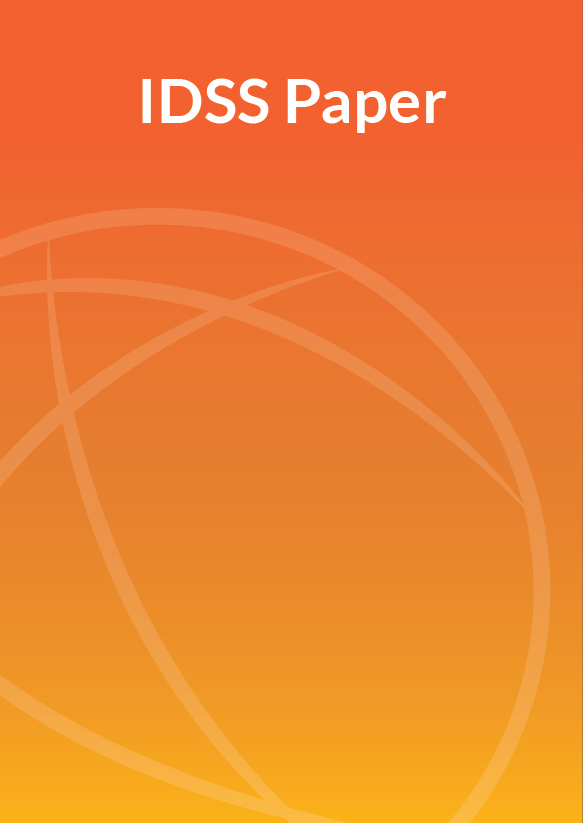Austin Wu and Andrew Latham
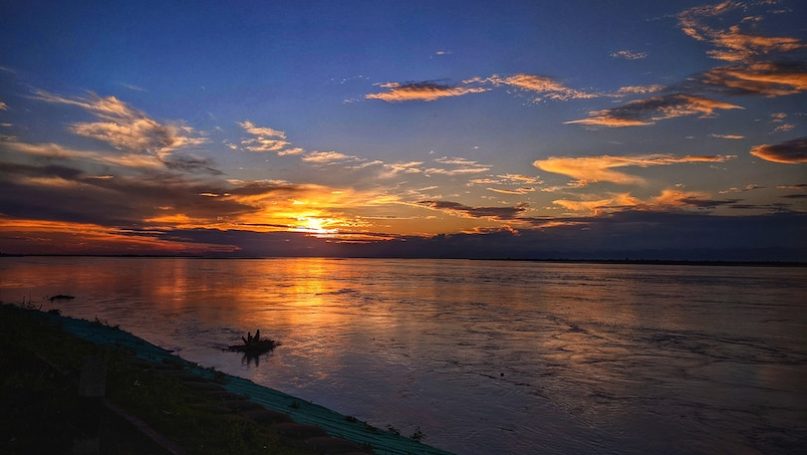
As the world faces the growing threat of water scarcity, policymakers and scholars are growing increasingly concerned about the potential for water-related conflicts to emerge. While water scarcity has long been an issue in some parts of the world, the problem is becoming more widespread and severe, with two-thirds of the global population currently facing severe water scarcity for at least one month a year. And as the problem grows more acute, the prospect that water scarcity will drive political instability, mass migration, and even geopolitical conflict also becomes more acute. Indeed, water scarcity is rapidly becoming such a crucial political issue in some parts of the world that it is raising the ominous prospect of “water wars” between nations.
Perhaps no two states exemplify this emerging trend as much as China and India. These two countries together comprise over 35% of the global population, but collectively they contain only 11% of the world’s freshwater. This mismatch is further exacerbated by high rates of water pollution and the increasing demands of industrializing economies. Beijing’s population was capped at 23 million due to water overdraw, while Chennai, India’s 7th largest city, recently suffered a “Day Zero,” completely running out of groundwater for several weeks in 2017. Conflict on the Sino-Indian border is not a new phenomenon, but the growing water crisis has the potential to push both states to the brink of war.
Amidst simmering tensions between China and India, the Brahmaputra River – also known as the Yarlung Tsangpo in China – has emerged as a key flashpoint in the growing crisis. The river, one of the world’s largest by volume, runs from Tibet to Northeastern India and is a vital source of hydrological and power generation resources. China’s construction of a mega-dam in the “Great Bend” of the Brahmaputra, touted to generate 60-Gigawatt of energy annually, has raised alarm bells in New Delhi.
